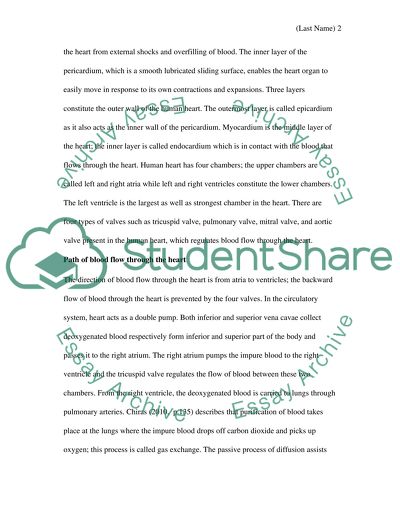Cite this document
(“Human Anatomy: Heart Disease Research Paper Example | Topics and Well Written Essays - 1000 words”, n.d.)
Retrieved from https://studentshare.org/health-sciences-medicine/1426048-heart-disease
Retrieved from https://studentshare.org/health-sciences-medicine/1426048-heart-disease
(Human Anatomy: Heart Disease Research Paper Example | Topics and Well Written Essays - 1000 Words)
https://studentshare.org/health-sciences-medicine/1426048-heart-disease.
https://studentshare.org/health-sciences-medicine/1426048-heart-disease.
“Human Anatomy: Heart Disease Research Paper Example | Topics and Well Written Essays - 1000 Words”, n.d. https://studentshare.org/health-sciences-medicine/1426048-heart-disease.


